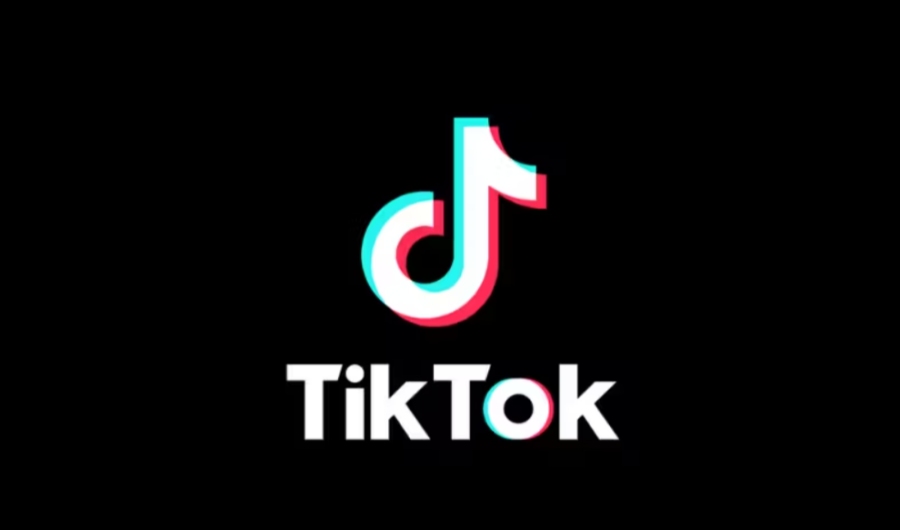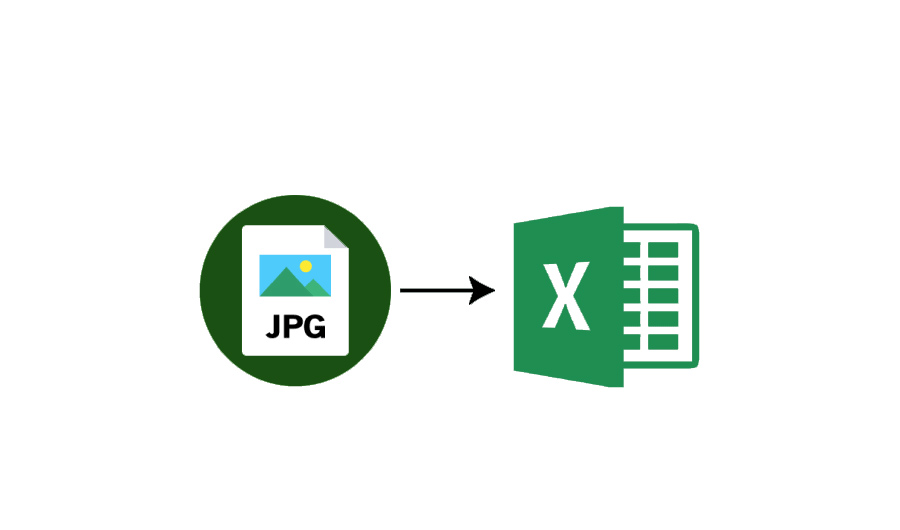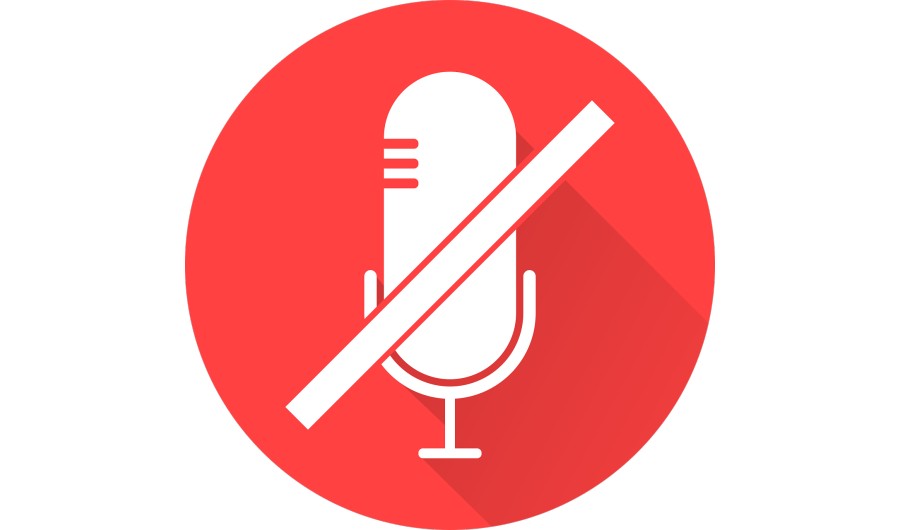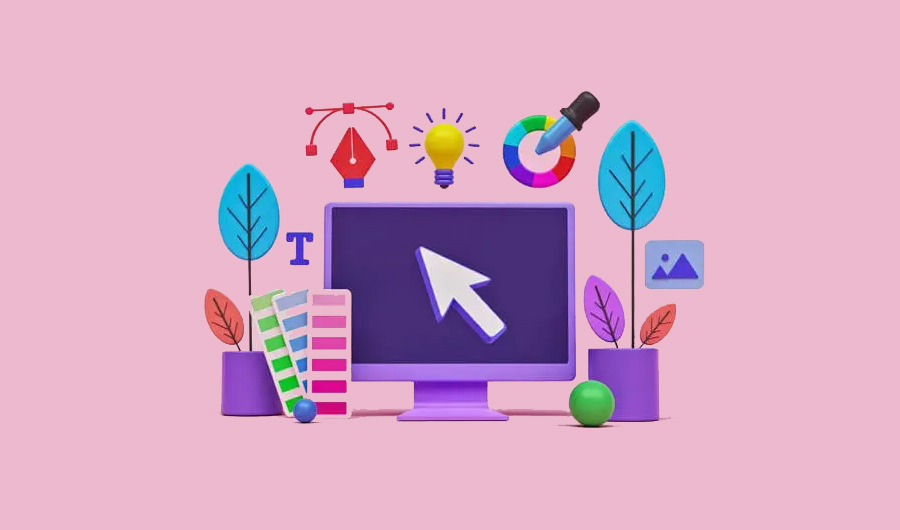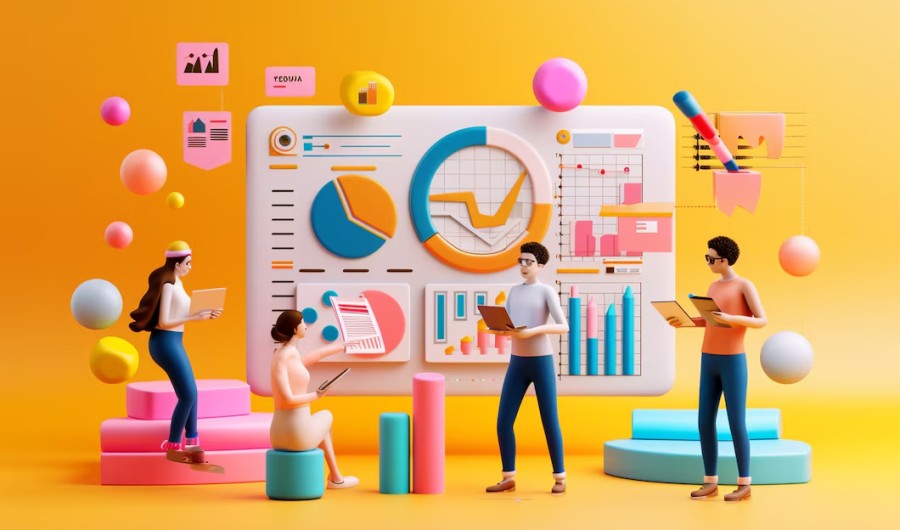
The Future of Marketing Design: Principles and Rules To Follow
Your customers make snap judgments about your product. They look at your logo and the colors on your website…and boom! Decision made. Design plays a HUGE role in whether they’ll buy from you.
Messy branding and marketing? That’s a recipe for losing customers. But get your marketing design right, and watch things change.
Today’s your lucky day if you’re ready to level up your marketing. We’re about to spill the secret of designs that attract attention, build a rock-solid brand, and get those sales rolling in. Let’s dive in and discover the principles of effective marketing design that you should follow.
Marketing Design Process: What Does it Mean?
Marketing design represents your brand’s story with visuals. Therefore, it’s essential to make careful choices regarding images, graphics, and layout. Your primary focus needs to be grabbing the attention of the potential customers, explaining what your brand stands for, and subtle push that will make people take action.
Is Design Part of Marketing?
You bet it is! First impressions matter! Your design choices significantly impact whether people trust you enough to try your product or service. You may think of design as the superpower that improves your marketing.
Design + Marketing = Dream Team
So, you must wonder, how do marketing and design work together? The best design happens when both departments work hand in hand. Here’s the deal:
- Same page: Marketers know what customers want and what the campaign needs to achieve. They communicate the ideas to the designers, who make visuals representing the initial concept.
- Teamwork: Marketing and design teams exchange information constantly, ensuring the designs and visuals correspond to the marketing goals.
- Numbers don’t lie: By analyzing data and numbers, marketers craft strategies and develop design ideas that ultimately create a better user experience and optimal end results.
There are two design aspects that bring plenty of value – creative marketing design and design advertising.
What is Design Advertising?
Design advertising is all about stunning visuals, super-clear messages, and making it impossible to resist clicking that “buy now” button:
- Digital: This includes social media ads, video ads, and those banners you can’t help but notice.
- Print: Even in the good old days, design ruled. A prime example are magazine ads and billboards that turn heads.
- Other: In that same group are TV commercials and radio promotions. Although different from what we’re used to now, these ads and concepts were effective.
The key to creating an advertisement that grabs attention is focusing on the right visuals, sending a clear message, and creating a call to action that eventually boosts conversions and sales.
What is Creative Marketing Design?
Unlike design advertising, creative marketing design tends to push the boundaries in the advertising industry and leave a lasting impression on whoever comes into contact with a particular design or advertisement. Here’s how to make a distinction:
- Unique Concepts: New ideas, new approaches, thinking outside the box.
- Attention-Grabbing Visuals: Utilizing colors, impressive visuals, and playing around with typography.
- Emotional Connection: Relying on strong attachment, connecting with the customers, and providing emotional value.
- Experimental Formats: Embracing innovation, including interactive elements and Interactive elements? Immersive experiences? Creative design embraces innovation.
Most of the time, you can’t be entirely sure whether or not the design you created will be successful, but risking can grant you a reward. Bold design and bold moves can grant you brand recognition and increased customer engagement.
Utilize AI and Digital Tools
AI and digital tools are radically changing the world of marketing visuals. For emails, brand images, social media posts, infographics, and more, they offer incredible advantages:
- Efficiency: AI handles routine tasks, freeing up your time for big-picture strategy.
- Personalization: AI helps you tailor visuals to specific customers, boosting engagement.
- Trend Analysis: AI can help you align your ideas with the latest design trends so you’ll always be ahead of the game.
- Content Generation: AI tools can help with the content creation – do more, and improve quality in less time.
- Versatility: Tools for vector graphics and similar formats are a great source of adaptable designs – all the marketing channels will be covered.
What Will Marketing Look Like in Five Years?
No one can tell what the future of marketing holds, but recent trends and analysis show that personalization is vital to grabbing people’s attention. Certain brands rely on AI voice assistants to make customer communication more natural.
This also hints at another trend – “mobile only” marketing and strategies. Since mobile phones are the favorite devices of most users, it’s only natural to change the marketing approaches accordingly.
Try Different Approaches
Marketing design is dynamic; what works today might feel dated tomorrow. Because of that, don’t be afraid to experiment with these approaches:
- A/B Testing: Create multiple variations of a design (emails, landing pages, etc.) to see which performs best with your audience.
- Embrace Evolving Trends: Never stop exploring and opening the door to changes. But remember that whatever you implement must align with what your brand represents.
- Seek Inspiration: Browse design websites, follow innovative brands in your industry, and tap into the endless inspiration available online. Resources like free icons offer fresh visual elements for your designs.

Source: Image by Freepik
Do Your Research
Never underestimate the power of good research. The foundation of every successful project is research and gathering valuable data. That way, you can create marketing strategies and designs that resonate with your target audience’s wants and needs. Maximize your impact by choosing the right style, the proper communication channels, and the right messages.
What Are the Benefits of Graphic Design in Marketing?
Think of graphic design as a marketing booster. It can help you leave a better first impression that will eventually become everlasting.
- An Identity for Your Brand: A consistent look – logo, color palette, style – things that make people instantly think of you.
- Conversion Rates: Great design excites people to buy your product or try your service.
- Professionalism: Slick, well-made graphics show people you mean business and that they can trust you.
- Engagement: Beautiful visuals make people want to click, share, and learn more about what you offer.
What Kind of Designs Are Trending?
Marketing design trends evolve rapidly, so you have to be fast with the opportunity-grabbing. What makes noise today may become silent tomorrow, so be alert.
Get Feedback From Your Target Audience
Try to gather feedback from your target audience, understand what resonates better, and identify areas for improvement. Here are a few effective techniques to gather insights:
- Surveys: Create online surveys and collect quantitative and qualitative feedback.
- Social Media Polls: Create polls on Instagram or Twitter for quick insights.
- Focus Groups: Facilitate in-depth discussions to gather detailed feedback on specific designs.
- Online Communities: Tap into existing online communities relevant to your niche.
Learn From Past Mistakes
Regardless of whether or not a specific campaign or project was successful, constantly analyze the results and try to learn from your mistakes. You can improve the odds for your future endeavors by correcting what doesn’t work.
Start Repurposing Content and Visuals
Repurposing is yet another practice you should rely on as much as possible. You can improve your existing content and visuals and strengthen their impact.
Benefits of repurposing include:
- Efficiency: Streamlining your content creation process.
- Consistency: Maintaining a unified and consistent visual message.
- Reach: Expanding the reach of your content across different platforms.
Wrapping Up
Get a grip on marketing design to hit your all-important business targets. The benefit? Crafting campaigns that draw attention and resonate deeply with your audience. Stay on top of the latest trends, learn from past slip-ups, and constantly gather feedback.
Source: Image by Freepik

